Word of Mouth: Tokyo Design and Architecture
We explore some of the Japanese capital’s most exciting and alluring structures
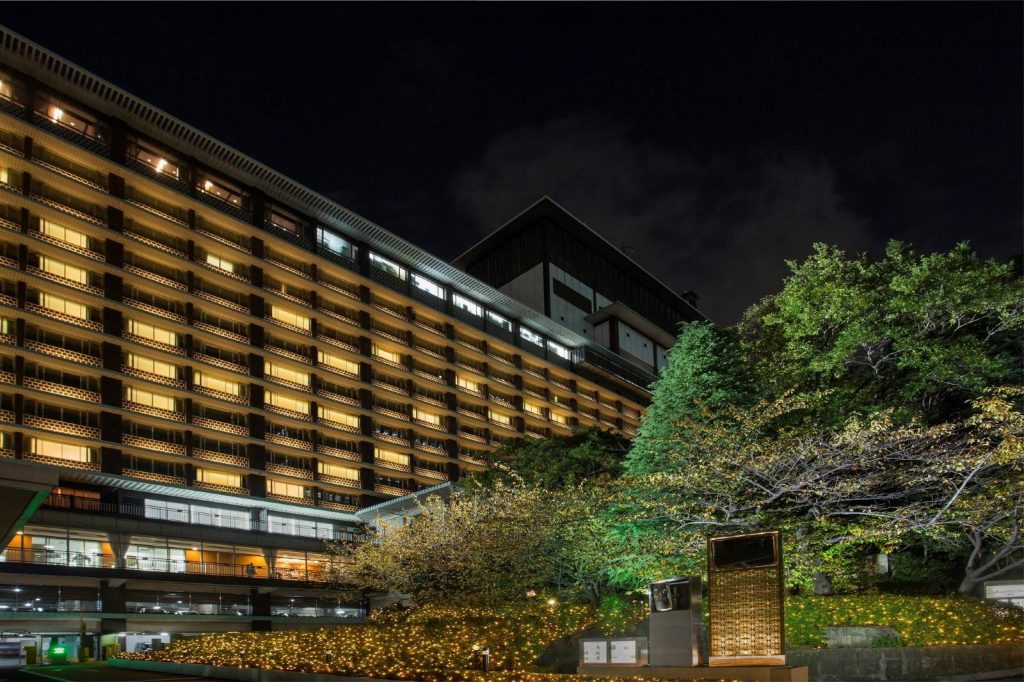
Shrines and temples hidden in lush gardens can be found right next to futuristic glass skyscrapers in Tokyo. The dense, exciting city can verge on visual overload for many, with countless colors, shapes, textures and breathtaking views filling the landscape. Of course, architecture continues to be valued at an extremely high level in a country that excels in artistic and creative disciplines. From Yoshio Taniguchi’s sublime Hotel Okura to Frank Lloyd Wright’s legacy at the Imperial Hotel, ingenuity can be found throughout the Japanese capital, making the city a design adventure with inspiration at every turn.
Toko-An Tea Ceremony Room at the Imperial Hotel
Dismantled in 1968, the Frank Lloyd Wright-designed Imperial Hotel was redesigned by Teitaro Takahashi as a modern luxury high-rise. Architecture enthusiasts can still travel to the Meiji-Mura Architecture Park outside of Nagoya to see the lobby section of the Frank Lloyd Wright Imperial Hotel reassembled and on view there. The Old Imperial Bar offers the experience of being in a restoration of the original Frank Lloyd Wright designed bar. Also inside the Imperial Hotel, architect Togo Murano designed the Toko-An Tea Ceremony room. Murano was widely considered to be a modern master of architecture in Japan. The three ceremonial chambers were carefully built in the sukiya style. Witnessing the tea ceremony opens a window into traditional Japanese lifestyle and a serene break from the hustle of the modern city life. Visitors are shown the process of making ceremonial matcha that they served with a traditional sweet.
Mori Art Museum
On the 53rd floor of the Roppongi Hill Mori Tower, the Mori Art Museum offers soaring views of the city. The escalator to the museum leads visitors up through an M-shaped passageway into their galleries. Currently on view, the curators of Japan in Architecture have amassed research on architectural history and contemporary culture. The experience of walking through the exhibit clearly tells the story of a country that has revered architects for generations. The models, architectural elements, drawings, videos, and ephemera show in staggering detail the world of Japanese architecture from ancient times to current superstars—including Kenzo Tange, Yoshio Taniguchi, and more. The team of curators (Fumio Nanjo, Naotake Maeda, Hirokazu Tokuyama, Shunsuke Kurakata, and Ken Tadashi Oshima) have assembled an impressive 100 projects and over 400 items to show examples of Japanese architecture from ancient times to current day—with an eye toward the future.
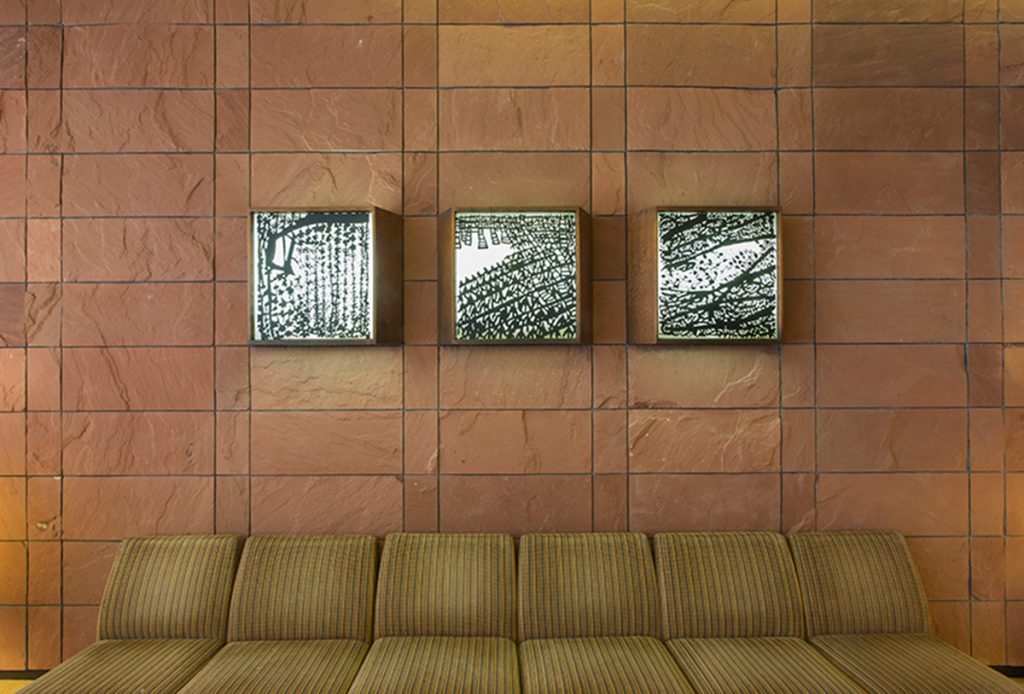
Hotel Okura
Located in Minato area of Tokyo, the Yoshio Taniguchi-designed Hotel Okura was a modernist icon of Japan in the 1960s and a favorite of design and architecture fans from all over the globe—so much so, that when it faced demolition there was a worldwide mission to save it. While it was partially razed in 2015 (in order to make it more earthquake-proof) the hotel is set to maintain much of its allure when it reopens next year as The Okura Tokyo. The main architect for the redesign is Yoshiro Taniguchi (Yoshio Taniguchi’s son) and he himself is in charge of the beloved, dimly lit lobby. With lush fabrics and warm lighting, the hotel’s design was a perfect blend of mid-century modernism, yet was undeniably Japanese in its appearance. The magic of the original will be difficult to mimic, but the hotel is an essential for design enthusiasts to visit when in Tokyo.
Ginza Six
Since opening last year, Ginza Six has developed a reputation as one of the world’s most interesting malls. Designed by Yoshio Taniguchi of Taniguchi and Associates, this luxury mall filled with art opened with a Pumpkin installation by Yayoi Kusama and now is showcasing “Like A Flock Of Starlings” by Daniel Buren with 1,500 of his trademark red and blue striped flags. Public art in the building includes Shinji Ohmaki’s “Echoes Infinity-Immortal Flowers,” Misa Funai’s “Paradise/Boundary/Portrait,” and Yuumi “Domoto’s Tami.” It’s hard to miss “Universe of Water Particles on Living Wall” by team lab—a digital LED installation of a waterfall that spans multiple levels. We shopped for graphic design items at D Bros and camera straps at Leica. We poured over the shelves of magazines at Tsutaya bookstore and saw the Kishio Suga sculpture exhibit at their gallery space, The Club. We ate yakitori and oyako don at the Premium Food Hall. We walked through the rows of sweets in the basement floor food hall and had tea from Nakamura Tokichi. Ginza Six also houses several luxury brands including House of Dior, Céline, Saint Laurent, Valentino, Fendi, Rolex, Marni, alongside many Japanese stores: home goods at Nakagawa Masashichi Shoten and Gyokusendo, laquerware at Yamada Heiando and a Jotaro Saito boutique.
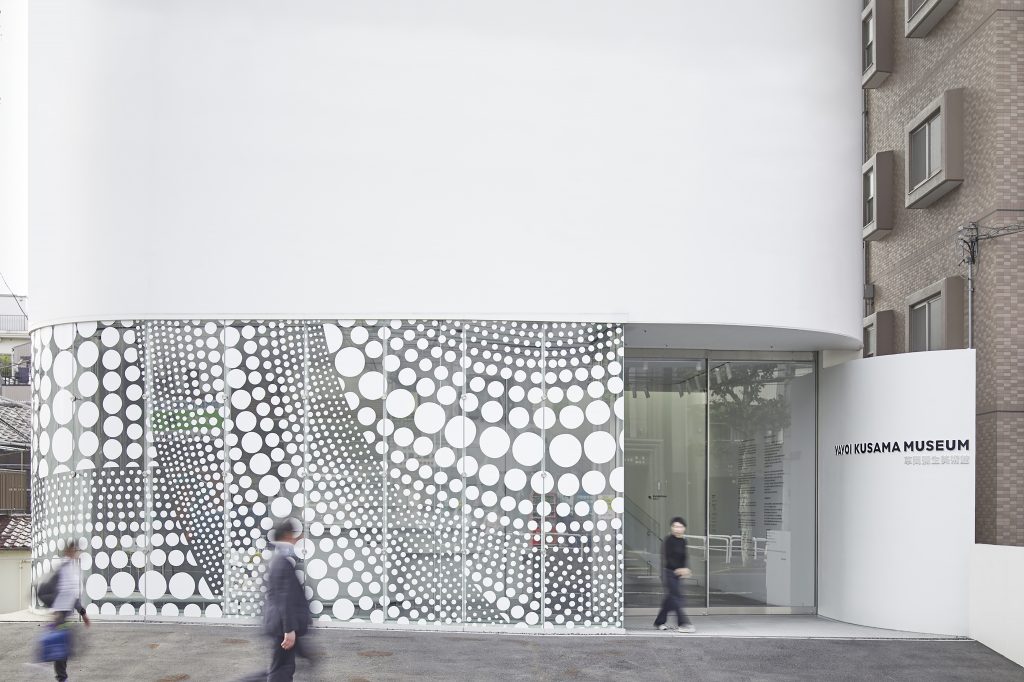
Yayoi Kusama Museum
The Yayoi Kusama Museum opened last October in Shinjuku. The Japanese firm Kume Sekkei designed the five-story building. The stacked white cube design features a minimalistic gallery spaces to exhibit work from more than five decades of Kusama’s paintings, sculpture, and installation works. Kusama’s work has been exhibited around the world with recent sell out shows in the circular gallery at the Hirshhorn in Washington, DC to filling the veil and vault themed galleries at The Broad in Los Angeles. Seeing Kusama’s vibrant visions in relation to the architectural spaces shows the vision of the curators that work with Kusama to display her colorful creations. Now this private museum in Tokyo, run by the Yayoi Kusama Foundation, which promotes the artist’s message of love for humanity and world peace will have two major exhibitions per year.
From the Yayoi Kusama Museum: Opening days are Thursdays to Sundays and National Holidays. All tickets must be purchased in advance online. Entry is timed and only valid for a specific 90-minute time-slot. Tickets go on sale at 10AM on the first day of each month for entry in the month after next. Door tickets are not available.Tickets can be purchased only through the museum’s website.
21_21 Design Sight
On the property of Tokyo Midtown, behind the tower that houses The Ritz-Carlton and the Suntory Museum, 21_21 Design Sight can be found nestled in the Midtown Gardens that lead to the Hinokicho Park. This low-rise structure with a ground floor and underground gallery space was designed by Tadao Ando and completed in 2007. With the goal of highlighting Issey Miyake’s apparel design concept of “A Piece of Cloth,” Ando designed the roof with one sheet of folded steel as well as the longest sheet of double-glazed glass in Japan with steel reinforced concrete and giant steel plates. Exhibits have ranged from showing Lucy Rie’s ceramics installed to look as if they are floating in pools of water to glass works by Tokujin Yoshioka, and pop culture explorations projects with Design Anatomy by Taku Satoh. Currently on view through October in Gallery 1 & 2 is Audio Architecture. In August the Hiroshima Appeals exhibition will feature a poster series produced by the Japan Graphic Designers Association with the Hiroshima International Peace Creation Fund and the Hiroshima International Cultural Foundation. Annually, a poster is created to promote the idea of peace for a mass audience. The exhibition will show all 21 posters that have been created for the series alongside the works of Siu Kataoka who survived the bombing at 13 and has been creating 100 posters for peace.
All images courtesy of respective venues

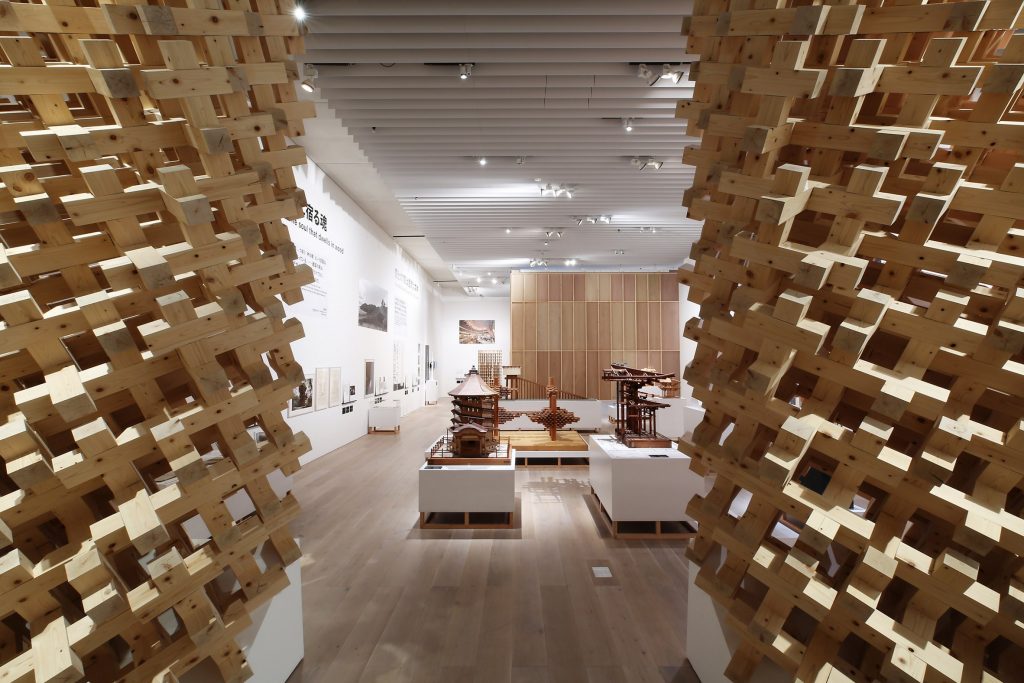

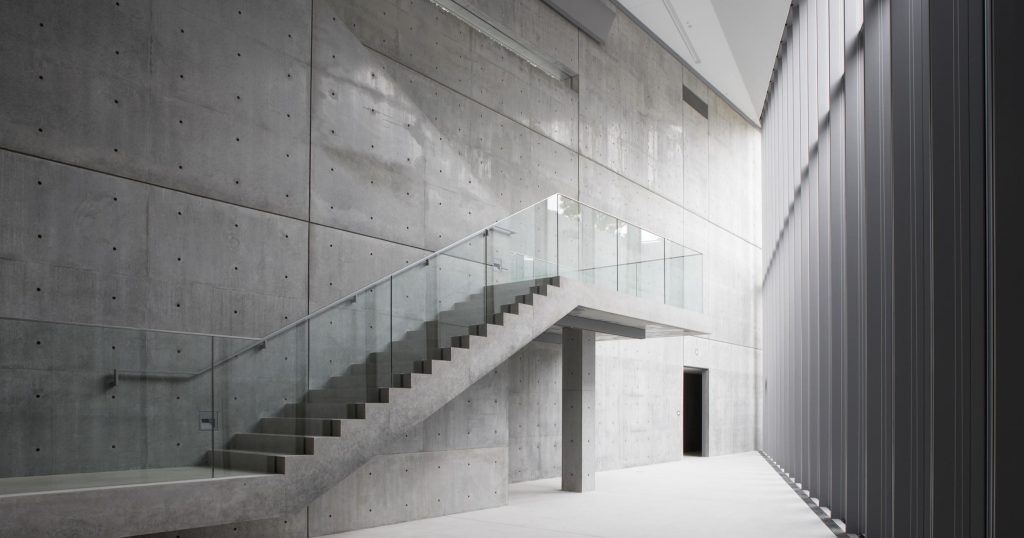












What are your thoughts?